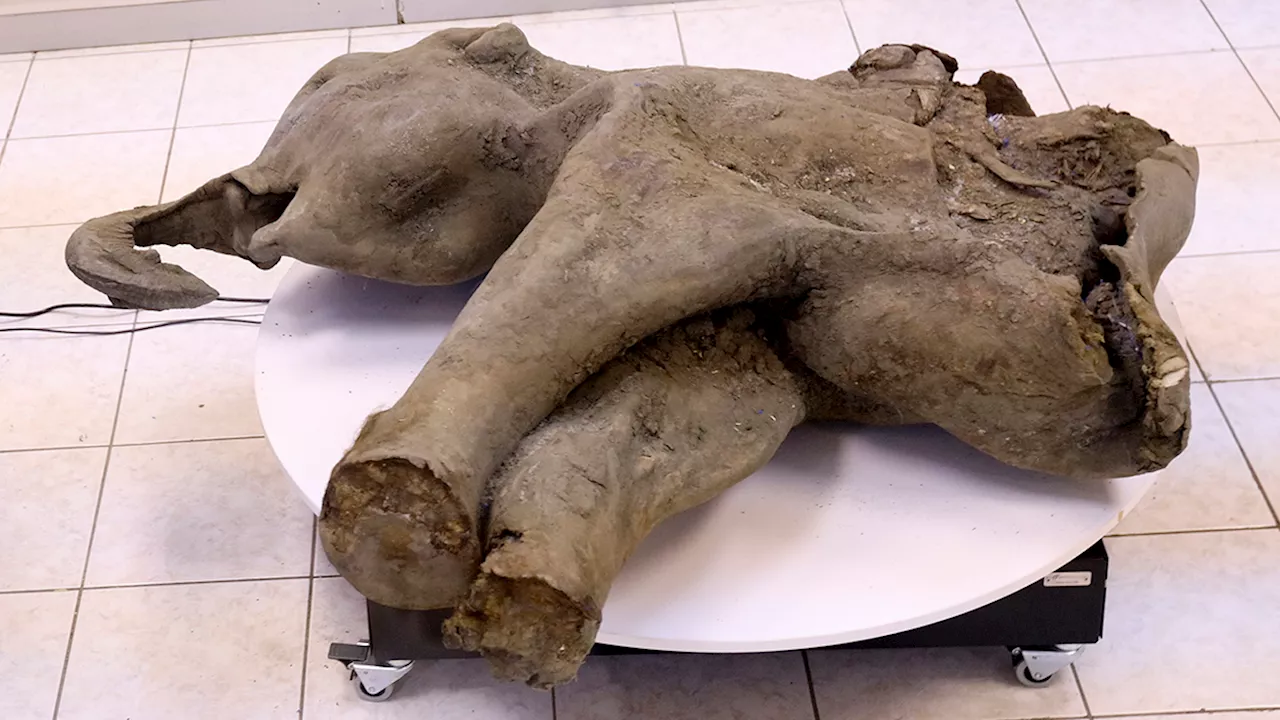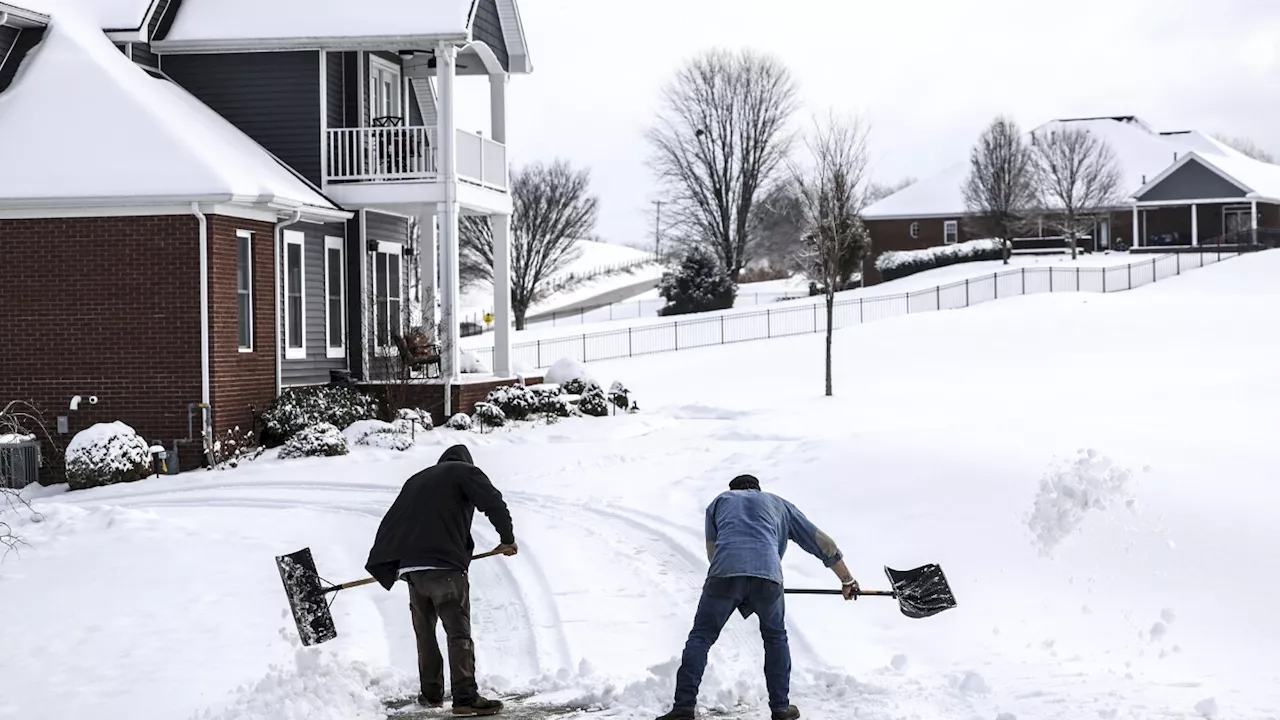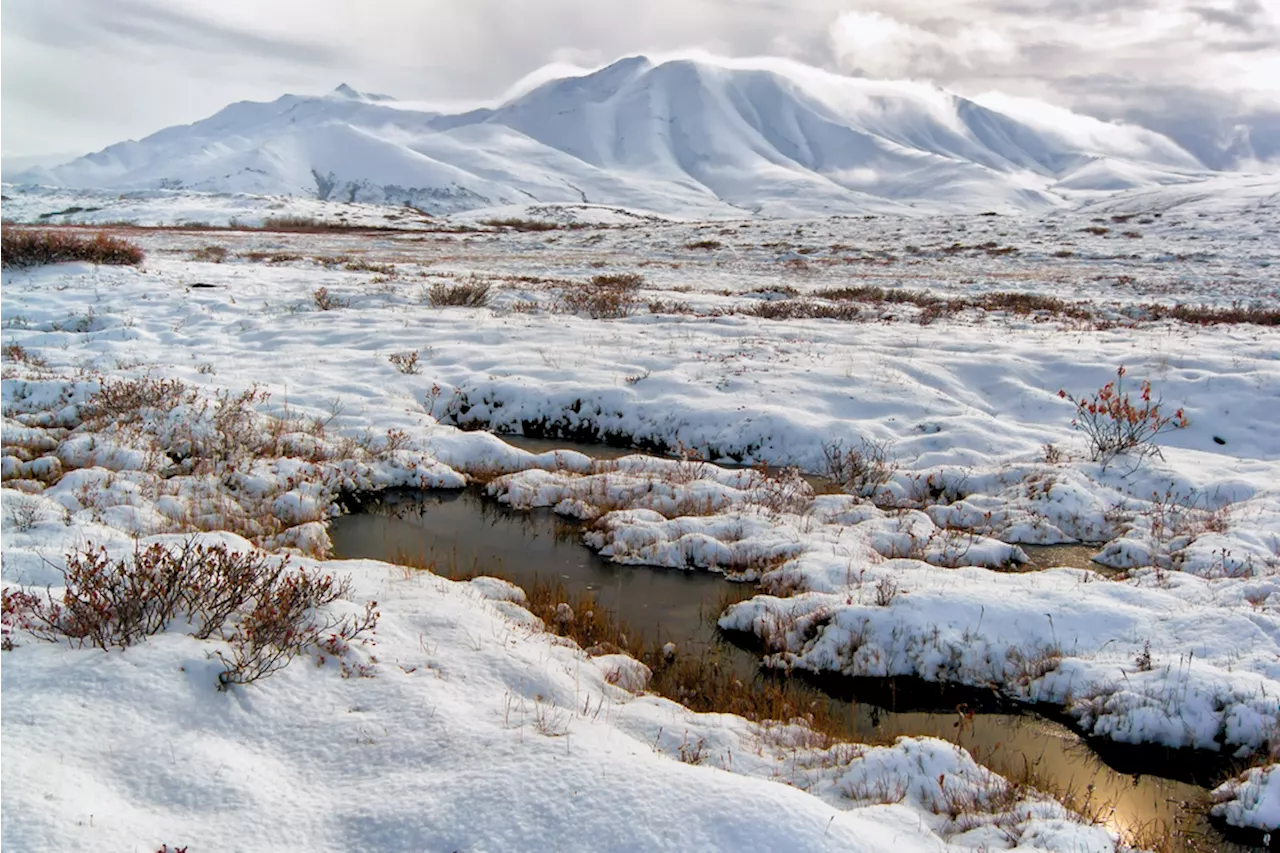Learn about hotspots in tundras and boreal forests that are releasing higher level of carbon dioxide, altering the carbon balance in the world's coldest regions.
Learn about hotspots in tundras and boreal forests that are releasing higher level of carbon dioxide, altering the carbon balance in the world's coldest regions.Climate change has already begun to instigate environment-altering effects around the world, and the latest evidence is cropping up in arctic regions that are emitting increasing amounts of carbon dioxide.
The researchers wanted to know how the constant breathing of the Earth — in other words, the cycle of CO2 uptake and release that is largely driven by plant photosynthesis and decomposition — has changed in northern latitudes. From 2001 to 2020, the ABZ has generally been increasing as a carbon sink due to increased carbon uptake during summers. This serves the important role of maintaining a balance in the atmosphere’s CO2 levels.
Unlike tundras, the somewhat milder boreal forests are more often experiencing strong carbon uptake due to longer summers, offsetting the non-summer emissions. These regions, though, are still seeing the appearance of more carbon sources as well. Growing carbon sources have been showing up primarily in northern Europe, Canada, Siberia, and central Alaska. Carbon sources are becoming especially prevalent in tundra and boreal environments in Alaska. The researchers say this may be a result of Alaska having rapidly warming autumns and declining autumn snow cover. Accelerated permafrost thaw in the state has also been observed in recent decades.
United States Latest News, United States Headlines
Similar News:You can also read news stories similar to this one that we have collected from other news sources.
 Baby Mammoth Frozen for 50,000 Years Found in Siberian PermafrostA remarkably preserved baby mammoth, nicknamed Yana, has been discovered in the Siberian permafrost. This unique find provides scientists with a rare glimpse into the past and adds to the growing number of well-preserved ancient carcasses found in the region.
Baby Mammoth Frozen for 50,000 Years Found in Siberian PermafrostA remarkably preserved baby mammoth, nicknamed Yana, has been discovered in the Siberian permafrost. This unique find provides scientists with a rare glimpse into the past and adds to the growing number of well-preserved ancient carcasses found in the region.
Read more »
 50,000-Year-Old Baby Mammoth Found in Siberia's Melting PermafrostThe remarkably preserved remains of a baby mammoth, estimated to be around one year old when it died, have been discovered in Siberia's Batagaika crater, the world's largest permafrost crater. The find, dubbed Yana, is the seventh baby mammoth carcass found globally and is expected to provide valuable insights into mammoth development, adaptation, and Ice Age environments.
50,000-Year-Old Baby Mammoth Found in Siberia's Melting PermafrostThe remarkably preserved remains of a baby mammoth, estimated to be around one year old when it died, have been discovered in Siberia's Batagaika crater, the world's largest permafrost crater. The find, dubbed Yana, is the seventh baby mammoth carcass found globally and is expected to provide valuable insights into mammoth development, adaptation, and Ice Age environments.
Read more »
 Remarkably Preserved Baby Mammoth Found in Siberia's PermafrostScientists in Russia have unearthed a remarkably preserved 50,000-year-old baby mammoth named Yana from the Batagaika crater, the world's largest permafrost crater. The discovery, described as 'unique' due to the mammoth's exceptional preservation with no damage to its head, trunk, ears, or mouth, offers valuable insights into mammoth development, their Ice Age environment, and other aspects of their lives.
Remarkably Preserved Baby Mammoth Found in Siberia's PermafrostScientists in Russia have unearthed a remarkably preserved 50,000-year-old baby mammoth named Yana from the Batagaika crater, the world's largest permafrost crater. The discovery, described as 'unique' due to the mammoth's exceptional preservation with no damage to its head, trunk, ears, or mouth, offers valuable insights into mammoth development, their Ice Age environment, and other aspects of their lives.
Read more »
 Get ready for a big thaw along with some weekend rain showersMark Johnson has been News 5's Chief Meteorologist since 2003.
Get ready for a big thaw along with some weekend rain showersMark Johnson has been News 5's Chief Meteorologist since 2003.
Read more »
 Southern areas hit by winter storm thaw out as power slowly returnsAfter a freezing winter storm shut schools, cut power and cancelled or delayed flights, the South is slowly thawing as warmer weather melts snow and ice. Warmer weather is melting snow and ice as crews restore power.
Southern areas hit by winter storm thaw out as power slowly returnsAfter a freezing winter storm shut schools, cut power and cancelled or delayed flights, the South is slowly thawing as warmer weather melts snow and ice. Warmer weather is melting snow and ice as crews restore power.
Read more »
 Southern areas hit by winter storm thaw out as power slowly returnsAfter a freezing winter storm shut schools, cut power and cancelled or delayed flights, the South is slowly thawing as warmer weather melts snow and ice.
Southern areas hit by winter storm thaw out as power slowly returnsAfter a freezing winter storm shut schools, cut power and cancelled or delayed flights, the South is slowly thawing as warmer weather melts snow and ice.
Read more »
